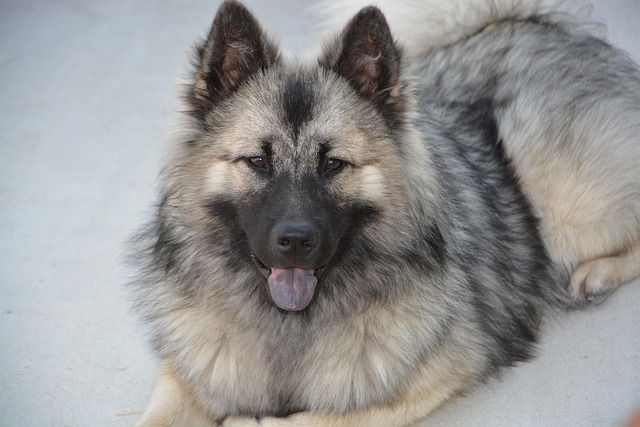
How can I tell if my dog's heatstroke is serious
Let’s be real: It’s a sticky August morning in Los Angeles, and you took your 2-year-old Golden Retriever, Max, for a walk a little later than usual
We’ve all been there: You’re wearing dark jeans, and suddenly they’re camouflaged under your German Shepherd’s tumbleweeds of fur. Shedding is natural, but letting it spiral turns your home into a fur-coated obstacle course. Proper deshedding isn’t just about aesthetics—it’s skin-deep science. Dogs shed to release dead undercoat, that fluffy layer beneath their topcoat. When trapped, it causes overheating, itching, and mats. Breeds like Huskies "blow coat" seasonally, but even short-haired pups need effective deshedding methods to stay comfy and healthy.
Start smart by never bathing a matted dog—water tightens knots. First, grab a rubber curry brush (think Kong ZoomGroom) and massage in slow circles during your pup’s Netflix time. This mimics a mother dog’s licking, lifting dead fur while calming them. Follow with an undercoat rake or deshedding tool (Furminator-style), gliding with hair growth on their back, thighs, and tail. Pressure matters: If your dog shuffles away or licks their lips, ease up. Finish with a bristle brush to sweep loosened fur. Ten minutes weekly beats marathon sessions that stress you both. This ritual is key for managing dog shedding year-round.
Baths can boost results—if timed right. After dry brushing, use lukewarm water and a deshedding shampoo. Massage into the skin where undercoat hides, then rinse thoroughly with cool water to seal follicles. Post-bath, towel-dry gently before using a high-velocity dryer on low heat (if your dog tolerates it). The airflow blasts out hidden undercoat—but skip this in apartments if noise scares them. Between baths, wipe coats with a damp microfiber cloth to catch loose fur. Diet’s role? Omega-3s (like salmon oil) strengthen skin barriers, cutting shedding by nearly a third. Consistency turns deshedding into bonding, not battle.

Here’s where responsible ownership kicks in. Always pair brushing with praise and treats—yanking mats or scolding harms trust and violates animal welfare norms. Positive reinforcement isn’t just kind; it’s cultural bedrock in the U.S. and EU. Legally, leash those compliance basics. Always carry biodegradable poop bags; in cities like Seattle or Chicago, skipping cleanup can mean $250 fines. Keep rabies vaccines current—it’s federal law—and many dog parks require Bordetella shots. For apartment dwellers, brush dogs on a balcony or washable mat to contain fur fallout. Before walks, do a quick lint-roller pass to avoid leaving fur in shared elevators or lobbies.
Stubborn mats? Never cut them yourself—visit a groomer. Severe matting isn’t just painful; in states like California, it’s legally neglect. If shedding seems excessive (clumps or bald patches), see your vet—allergies or parasites could be lurking.

Let’s be real: It’s a sticky August morning in Los Angeles, and you took your 2-year-old Golden Retriever, Max, for a walk a little later than usual

You're enjoying a summer afternoon at the park when you notice your dog has stopped panting and appears disoriented - their gums are bright red

Let’s paint the picture: You’re in your Denver apartment, watching your 4-year-old Boston Terrier, Ruby, plop down mid-play session with her favorite toy

Many dog owners notice their pets nails seem shorter after regular walks,but how much does this daily activity actually help?The answer depends on where you walk—concrete sidewalks or asphalt streets gently file nails as a dog's paws hit the ground

Most dog owners notice their pup scooting across the carpet at some point, but few connect it to impacted anal glands. These small sacs near a dog’s rectum secrete a scent for marking territory

Most vets agree that regular dog teeth cleaning is key to avoiding painful dental issues later. For healthy adult dogs, a professional cleaning at the vet’s office every 12 to 18 months usually works well.